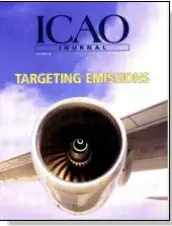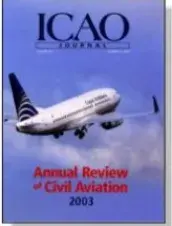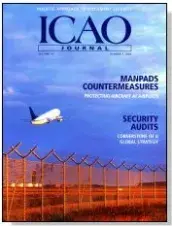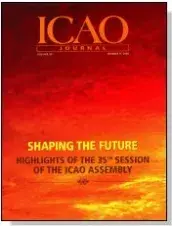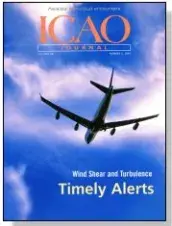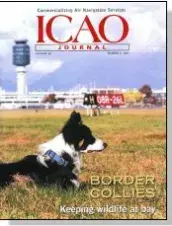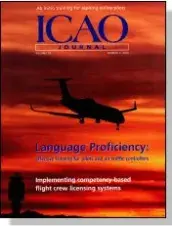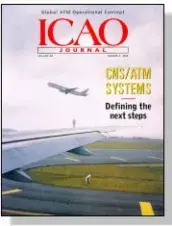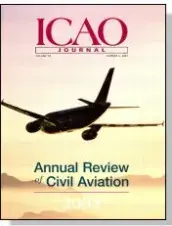国际民航组织期刊
The objective of the Journal is to provide a concise account of the activities of the International Civil Aviation Organization and to feature additional information of interest to Contracting States and the international aeronautical world.
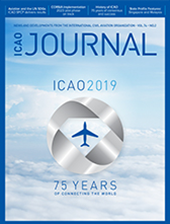 (ICAO Journal is available in English only from 2013)
(ICAO Journal is available in English only from 2013)
Feature articles focus on meteorological topics including important lessons learned from an encounter with a microburst downdraft, and the need for timely warnings about volcanic ash. One key challenge facing volcano watchers is a fundamental uncertainty: the threshold concentration of ash required to cause significant damage to aircraft is unknown.
While much scientific uncertainty remains, there is increasing concern over the potential impact of a growing aviation industry on local air quality and climate change. This has led engine and airframe manufacturers to work closely with government agencies to develop new technologies that can further mitigate the impact of aviation on the environment.
The world airline industry continued to struggle financially in 2003, but it also continued to show signs of rebounding from the crisis that engulfed the civil aviation community in late 2001. A summary of major developments in international civil aviation last year, as well as airline traffic and financial forecasts for the 2004-05 period, begins on page 4.
The criminal use of man-portable air defence systems presents a serious threat to civil aviation worldwide. Recent incidents are a reminder that a small number of individuals armed with readily accessible weaponry can threaten even the most secure civilian targets. ICAO has recently developed guidance material for implementing countermeasures focused on protecting aircraft at airports.
The standardization of communications, navigation and surveillance (CNS) technologies is a challenging and complex issue, as explained in the article that begins on page 8. Also in this issue, a review of key trends over the years highlights the long-term achievements of the global air transport industry (see page 4).
Preventing bird strikes near airports requires a variety of methods. One relatively new method that appears to be effective is patrol by trained Border collies. Even a lone dog and its handler can significantly impact the bird population or number of runway incursions by deer, according to airports which have incorporated the collie into their wildlife control programmes.
Several of the feature articles in this edition focus on training, including training in aviation language proficiency. The recent introduction of more stringent requirements for pilots and air traffic controllers highlights the need for effective and efficient language training programmes delivered by qualified teaching professionals.
While 2002 witnessed some improvement in airline traffic and financial results compared with the sharp downturn of 2001, the air transport industry remained embroiled in crisis last year. Our summary of major developments in 2002, as well as airline traffic and financial forecasts for the 2003-05 period, begins on page 5.

